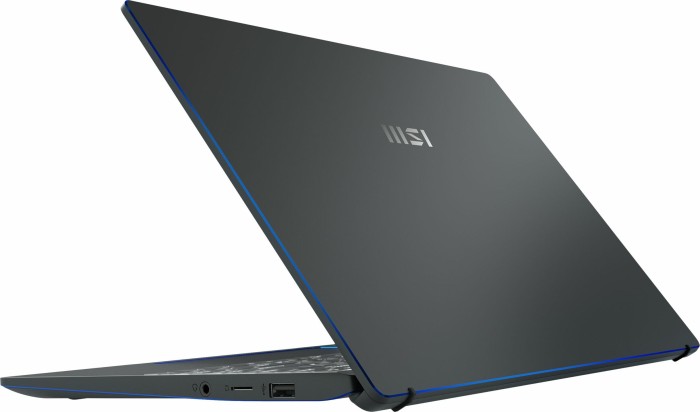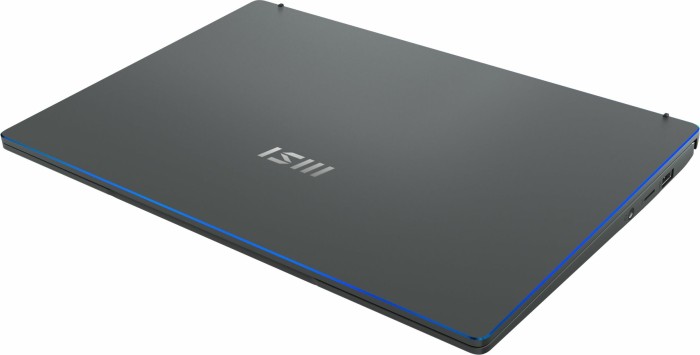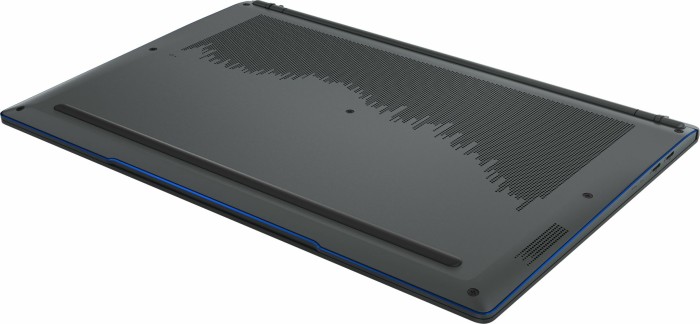MSI Prestige 14 Evo A11MO-043
Especificaciones de Portátil(es)

Price comparison
Análisis para el MSI Prestige 14 Evo A11MO-043
Origen: Hot Hardware
 EN→ES Archive.org version
EN→ES Archive.org versionWe really liked the MSI Prestige 14 EVO when we first took a look at the system earlier this year. It has an attractive, clean design, good battery life, a mid-sized form factor that would likely appeal to current users of both 13.3" to 15" machines, and its powered by a leading-edge platform which requires minimal compromise for the vast majority of consumers. Refreshing the MSI Prestige EVO with the Core i7-1195G7 takes what was already a nice machine, and gives the overall experience a bit of a boost. While the Core i7-1195G7 isn't a massive upgrade in terms of multi-threaded or graphics performance versus its predecessor, the Core i7-1185G7, its markedly higher clock speed with single or lightly-threaded workloads -- when the cooling system in this sub-3lb, .6" thick machine isn't being thoroughly stressed -- results in some nice performance boosts where it matters for most everyday computing workloads.
Único Análisis, disponible online, largo, Fecha: 10/01/2021
Origen: Tweakers
 NL→ES Archive.org version
NL→ES Archive.org versionÚnico Análisis, disponible online, Mediano, Fecha: 09/06/2021
Comentario
Intel Iris Xe G7 96EUs:
Tarjeta gráfica integrada en los SoCs Intel Tiger Lake G4 basados en la nueva arquitectura Gen. 12 con 96 EUs (Execution Units / Shader Cluster). La velocidad de reloj depende del modelo de procesador. Los chips Tiger Lake se fabrican en el moderno proceso de 10nm+ de Intel.
Estas tarjetas también deben ser capaces de aguantar todos los juegos actuales, pero la mayoría de ellos en configuraciones de detalles medios y bajos y con bajas resoluciones. Juegos más antiguos, o menos exigentes todavía pueden ser jugados con buena calidad de gráficos.
>> Más información puede ser encontrada en nuestra comparación de tarjetas gráficas moviles y la lista de benchmarks.
i7-1195G7:
Procesador de cuatro núcleos de bajo consumo basado en Tiger Lake para portátiles finos y ligeros y la CPU UP3 más rápida (hasta 28 vatios). Producido con el proceso SuperFin de 10 nm de Intel. Presenta un reloj base de 1,3 GHz (configurado a 12 W) hasta 2,9 GHz (28 W). El Turbo puede alcanzar hasta 5 GHz en un solo núcleo.
>> Más información puede ser encontrada en nuestra comparación de procesadores móviles.







